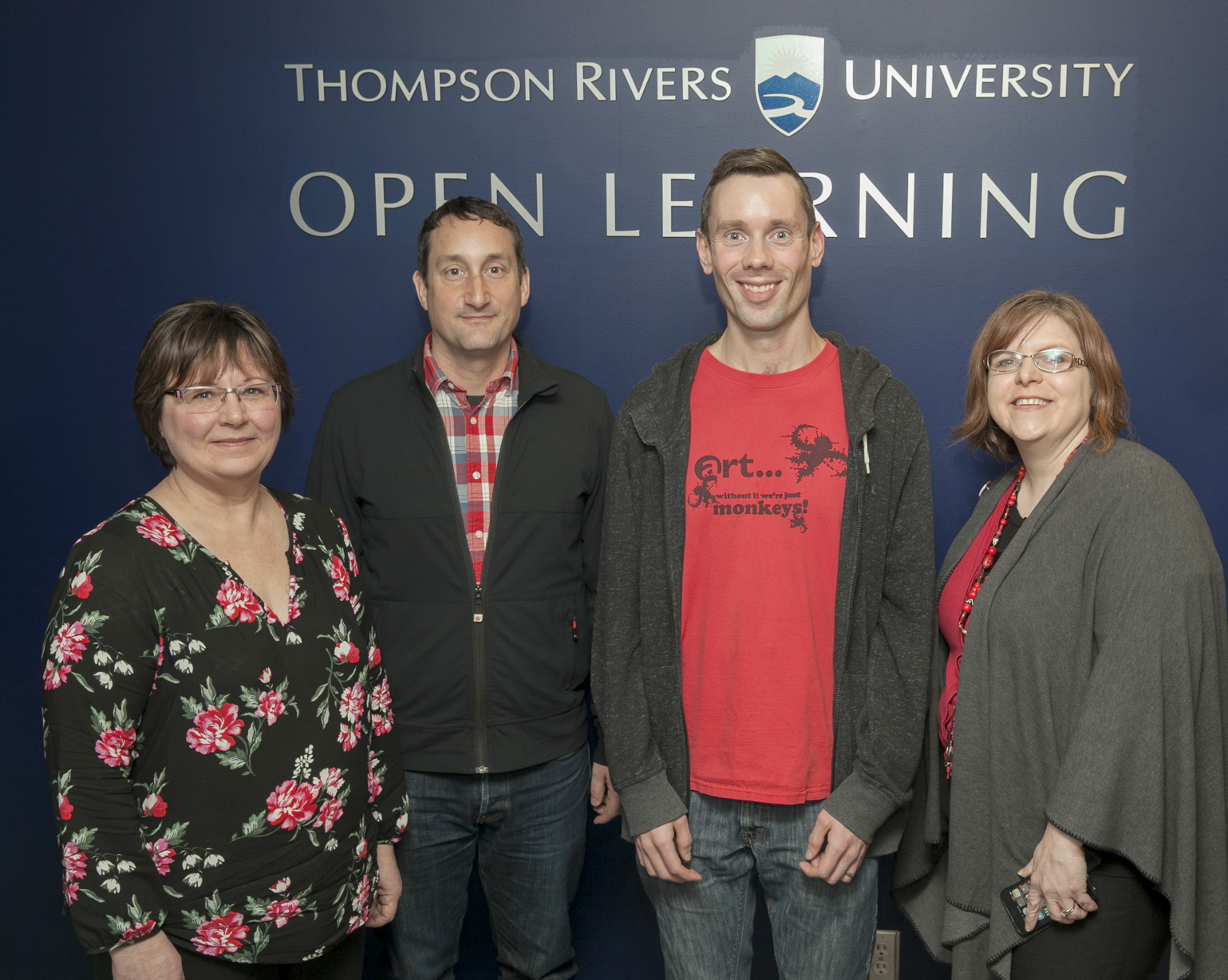Editing Team Photo


Thanks Mona for bringing this up: Some older courses include a link to TRU-OL Social Sciences Style Guide in the course guide. This guide was created to help students write academic papers. It tells how to write citations and gives instructions on the formatting and structure of papers. Unfortunately, the document is out-of-date for MLA and APA citations. For example, it refers to the fifth edition…
The OLProductionExams email address is no longer active. Please send edited exam files to the Learning Environment Development team (i.e., Production) like this:
A few years ago Mona Hall, Danielle Collins, and I collaborated on an infographic about inter-culturalization of the curriculum. Our central question was: How will we create learner-centred courses for culturally and linguistically diverse readers? We found that the university has some excellent guiding policies and resources for educators, but it did take some effort to…
Here’s an open, online resource that could be a useful guide for editors (or writers, or students) to verify or to explain Canadian regionalisms or idioms. Dollinger, S. (Chief Editor), & Fee, M. (Associate Editor). (2017). DCHP-2: The dictionary of Canadianisms on historical principles (2nd ed., with the assistance of B. Ford, A. Gaylie, & G. Lim)….
This post captures changes to our editorial house style following a meeting on Feb. 9, 2018. Attributions and Credit Lines Attributions in a course might appear in a resources list (at the beginning of the module), in the learning activity that assigns the reading or media (within the module), in a title page (created…
This week several editors attended an Editors Canada webinar: “Language Theory: What You’re Really Editing Is the Person” presented by Michael (Mike) Jones at the University of Calgary. He questioned if editors can be “advocates for the reader” (in the words of EAC President Anne Louise Mahoney), and together we examined the relationship between writer…